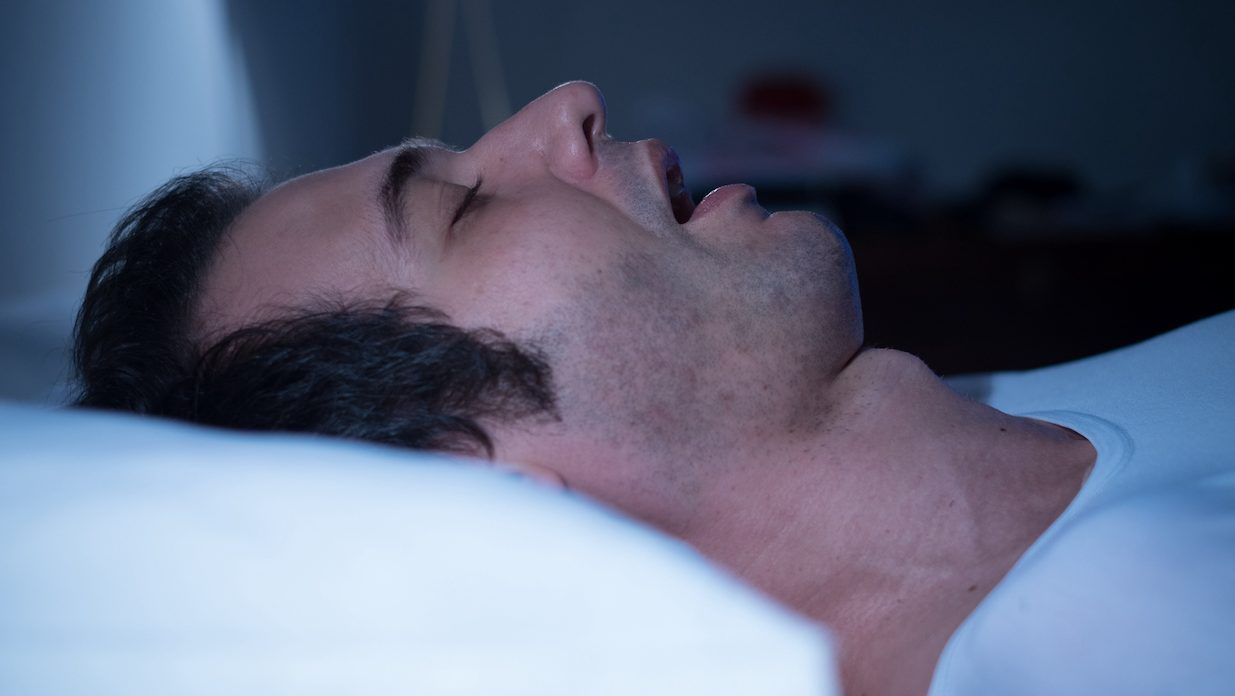obstructive sleep apnea can cause cognitive decline, study says
researchers suggest that the causes of symptoms like memory loss and mood changes in people with osa include low oxygen and high carbon dioxide in the blood.
obstructive sleep apnea linked to blood clots, cancer and cognitive decline
symptoms of osa can include a morning headache, fatigue, memory loss or a lowered sex drive.
study highlights wegovy's expanding benefits from obesity to heart disease
the obesity drug wegovy shows promise in treating heart disease as well as obesity, diabetes, and renal disease.
 5 minute read
5 minute read









